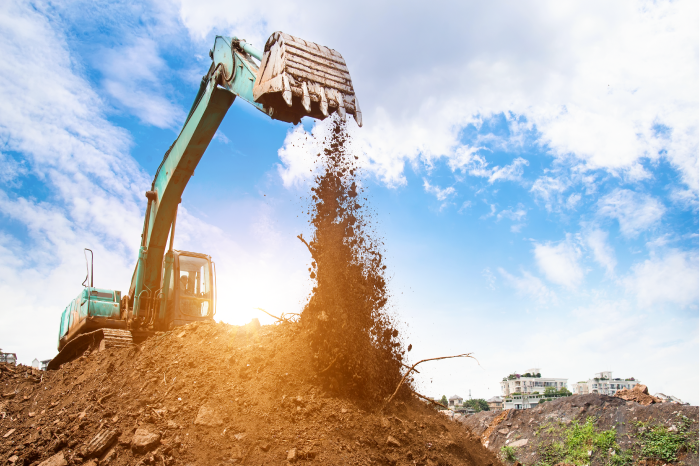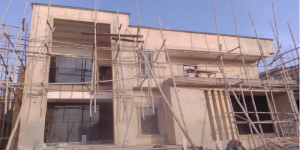
Safety Standards and Regulations that govern a construction project
SAFETY STANDARDS AND REGULATIONS THAT GOVERN CONSTRUCTION SITE
Safety standards and regulations that govern construction sites vary from country to country, and even within different regions or jurisdictions. However, I can provide you with a general overview of some common safety standards and regulations that are often enforced in construction sites. It is important to note that these regulations may differ depending on the specific location and local laws. It is always advisable to consult the relevant local authorities or legal experts for precise information. Here are some common safety standards and regulations:
Occupational Safety and Health Administration (OSHA) Regulations: In the United States, construction sites are governed by regulations set by the Occupational Safety and Health Administration. These regulations cover a wide range of safety aspects, including fall protection, hazard communication, electrical safety, personal protective equipment (PPE), scaffolding, and more.
Personal Protective Equipment (PPE): Construction sites typically require workers to wear appropriate PPE such as hard hats, safety goggles, ear protection, high-visibility vests, gloves, and steel-toe boots. The specific requirements may vary depending on the nature of the work and the hazards present.
Hazard Identification and Risk Assessment: Construction sites are required to conduct hazard identification and risk assessments to identify potential hazards and take appropriate measures to mitigate them. This may involve regular inspections, hazard communication, signage, and implementation of safety protocols.
Fall Protection: Falls are a significant hazard in construction. Regulations often require the use of fall protection systems such as guardrails, safety nets, or personal fall arrest systems (PFAS) when working at heights above a certain level.
Scaffolding and Ladder Safety: Regulations often provide specific requirements for the construction, use, and inspection of scaffolding and ladders to ensure their stability and minimize the risk of falls.
Electrical Safety: Construction sites involve the use of electricity, so regulations typically include guidelines for electrical safety, including grounding, wiring standards, and proper use of electrical equipment.
Excavation and Trenching Safety: Regulations may outline safety measures for excavations and trenches, including proper shoring, sloping, or shielding to prevent collapses, and procedures for working around underground utilities.
Fire Safety: Construction sites often have fire safety requirements, including fire extinguishers, proper storage and handling of flammable materials, and emergency evacuation plans.
Material Handling and Equipment Safety: Regulations may cover safe lifting and handling of heavy materials, operation and maintenance of construction equipment, and training requirements for equipment operators.
Emergency Preparedness: Construction sites may be required to have emergency response plans, including procedures for medical emergencies, fire incidents, natural disasters, and evacuation protocols.
These are just some examples of safety standards and regulations commonly enforced on construction sites. It’s important to remember that specific regulations can vary depending on the location, type of construction, and other factors. Always consult the applicable local regulations and authorities for the most accurate and up-to-date information.


0 comments